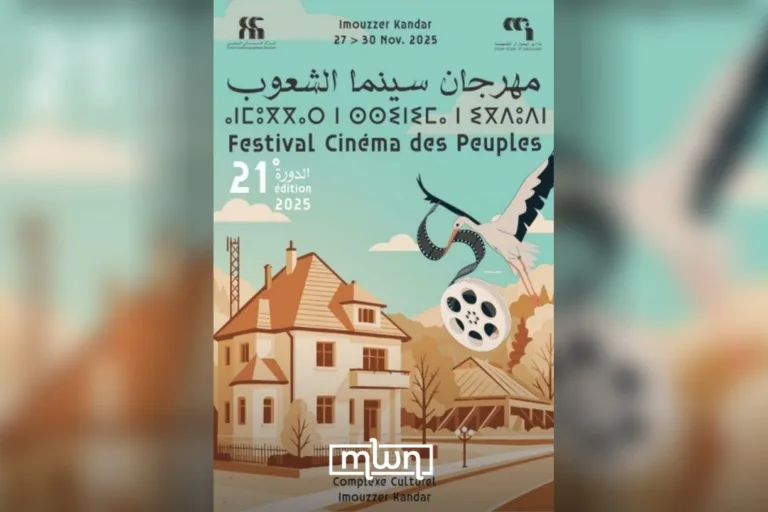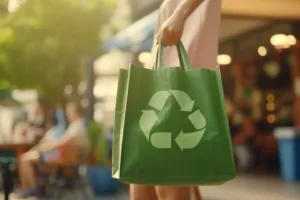Each actor brought their own flair to the festival, making the red carpet just as much of a stage as the films themselves.
Fez – The Marrakech International Film Festival (FIFM) was not only a celebration of cinematic brilliance but also a stunning display of the country’s taste in fashion.
The entire display happened in the Red City and offered a mix of tradition and modernity.
It was something not quite captured in words — the bright and glistening canvas of red carpet displaying a number of the most breath-catching moments in Moroccan fashion.
The stars serving looks
Moroccan artists have shown both sides of Moroccan glam, making their outfits a canvas for celebration of heritage as well as embracing modernity.
Actress Nissrine Radi sported a different look – a modern top with a skirt made from conventional Moroccan fabric, giving it the entire caftan feel while carrying off the actor’s signature style.
Meanwhile, Mounia Lamkimel represented Morocco solely with a striking black caftan rich in details that spoke to the exceptional artisanship of the country, including a cape for added flair.
Defying the usual male attire, director Nabil Ayouch wore an impressive black caftan, regally carrying his Moroccan heritage — just like an ancient sultan.
These bold fashion choices not only displayed Moroccan artistry but also reaffirmed the power of traditional clothing to make timeless, innovative statements.
A celebration of Moroccan fashion
From the first steps on the red carpet, it was all about Moroccan craftsmanship.
Classic caftans, so highly recognized for their detailed embroidery and posh fabrics, “wowed” audiences.
The well known designers such as Ali Drissi and Zahra lamhaoul mesmerized passersby with creations showcasing Morocco’s artisanal heritage, yet mixed with modern twists.
FIFM’s theme this year was celebrating relationships and heritage. It extended into fashion with many designers choosing to incorporate the Amazigh motifs and colors inspired by the vibrancy of the North African gem’s souks and landscapes.
The power of the Caftan
The Moroccan caftan remained the star outfit of the evening, representing class and tradition for many.
Moroccan celebrities looked dazzlingly stunning in this classic cut adorned with different embellishments, from tiny sequins to larger, bolder designs stitched by hand.
These pieces represent not only Morocco’s aesthetic heritage but its cultural narrative, too. This is what makes the caftan a bridge between past and present.
Local designers used the festival as an opportunity to experiment with innovative approaches, blending traditional Moroccan elements with global trends.
Structured silhouettes inspired by Marrakech’s architecture and bold colors reminiscent of the city’s iconic spice markets definitely turned heads.
The designs resonated deeply with audiences, creating a visual dialogue between Morocco’s historical roots and its contemporary aspirations.
A fusion of cultures
While Moroccan fashion stole the show, the festival was truly a melting pot of global styles.
International designers celebrated Moroccan aesthetics, including traditional textiles and Amazigh-inspired patterns in their collections.
The fusion of local and international influences marked the festival’s role as a crossroads of cultures.
Marrakech as a fashion capital
Marrakech, for long a source of inspiration for designers such as Yves Saint Laurent, showed once more why it is a fashion city in its own right.
Off the red carpet, FIFM provided space for exhibitions and workshops on Moroccan fashion, where local artisans could show the complex craftsmanship that goes into their work.
These events not only showcased Morocco’s unrivaled craftsmanship but also promoted its role in the global fashion industry.
Moroccan elegance in the spotlight.
The Marrakech Film Festival was both a love letter to cinema an hommage to Moroccan fashion.
From the elegance of the caftan to the ingenuity of the modern designers, it showed that Morocco’s sartorial legacy continues to inspire and intrigue.
When the bright lights of the spotlights dissipated and the stars faded, one thing became clear: Moroccan fashion did not just grace the red carpet — it took center stage.
Read more: Marrakech Film Festival 2024: Celebrating the Art of Film in the Heart of the ‘Red City’
















